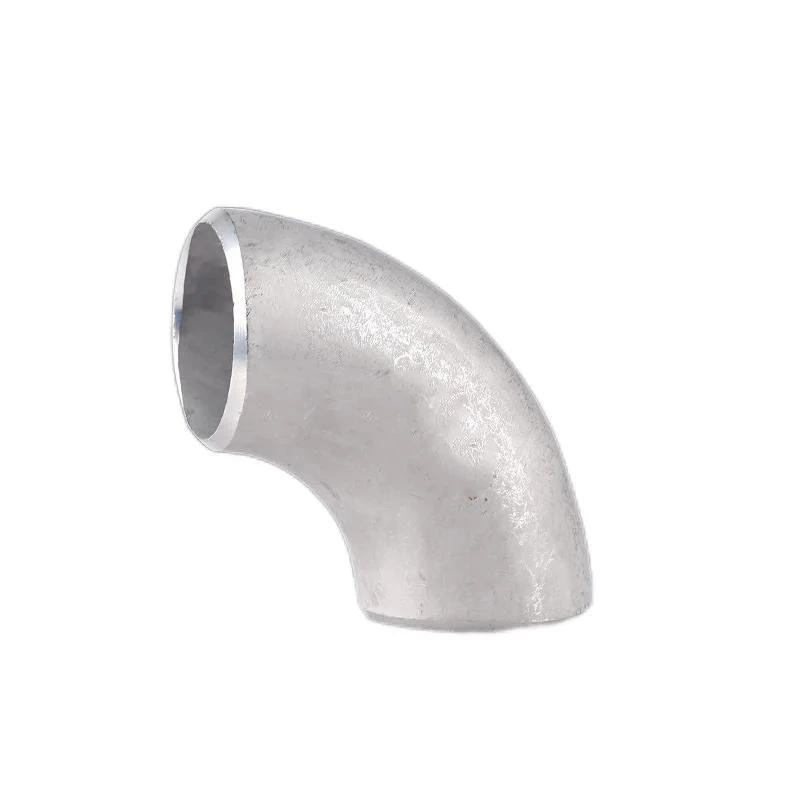What Are The Differences Between 304 Stainless Steel Elbows And 316 Stainless Steel Elbows?
Stainless Steel Weld Elbow will not produce corrosion, pitting, rust or wear. The corrosion resistance of stainless steel elbows decreases with the increase of the carbon content of stainless steel. Most stainless steel elbows have a low carbon content. Only when the Cr content reaches the value, the stainless steel elbow is corrosion resistant. So do you know what are the differences between 304 stainless steel elbows and 316 stainless steel elbows?
The differences between 304 stainless steel elbows and 316 stainless steel elbows are as follows:
304 stainless steel elbows are widely used stainless steel elbows and heat-resistant steel elbows. Used in food production equipment, general chemical equipment, nuclear energy, etc. 304 stainless steel is a universal stainless steel material with stronger anti-rust performance than 200 series stainless steel materials. It is also better in terms of heat resistance, which can reach 1000-1200 degrees. 304 stainless steel has excellent stainless corrosion resistance and good intergranular corrosion resistance.
316 stainless steel elbows are mainly used in the food industry, pharmaceutical industry and surgical equipment. The addition of molybdenum elements gives it a special structure that is resistant to corrosion. Its corrosion resistance is better than that of 304 stainless steel elbows, and it has good corrosion resistance in the production process of pulp and paper. Moreover, 316 stainless steel elbows are also resistant to erosion by the ocean and corrosive industrial atmosphere. In addition, 316 elbows have better resistance to chloride corrosion than 304 elbows.
